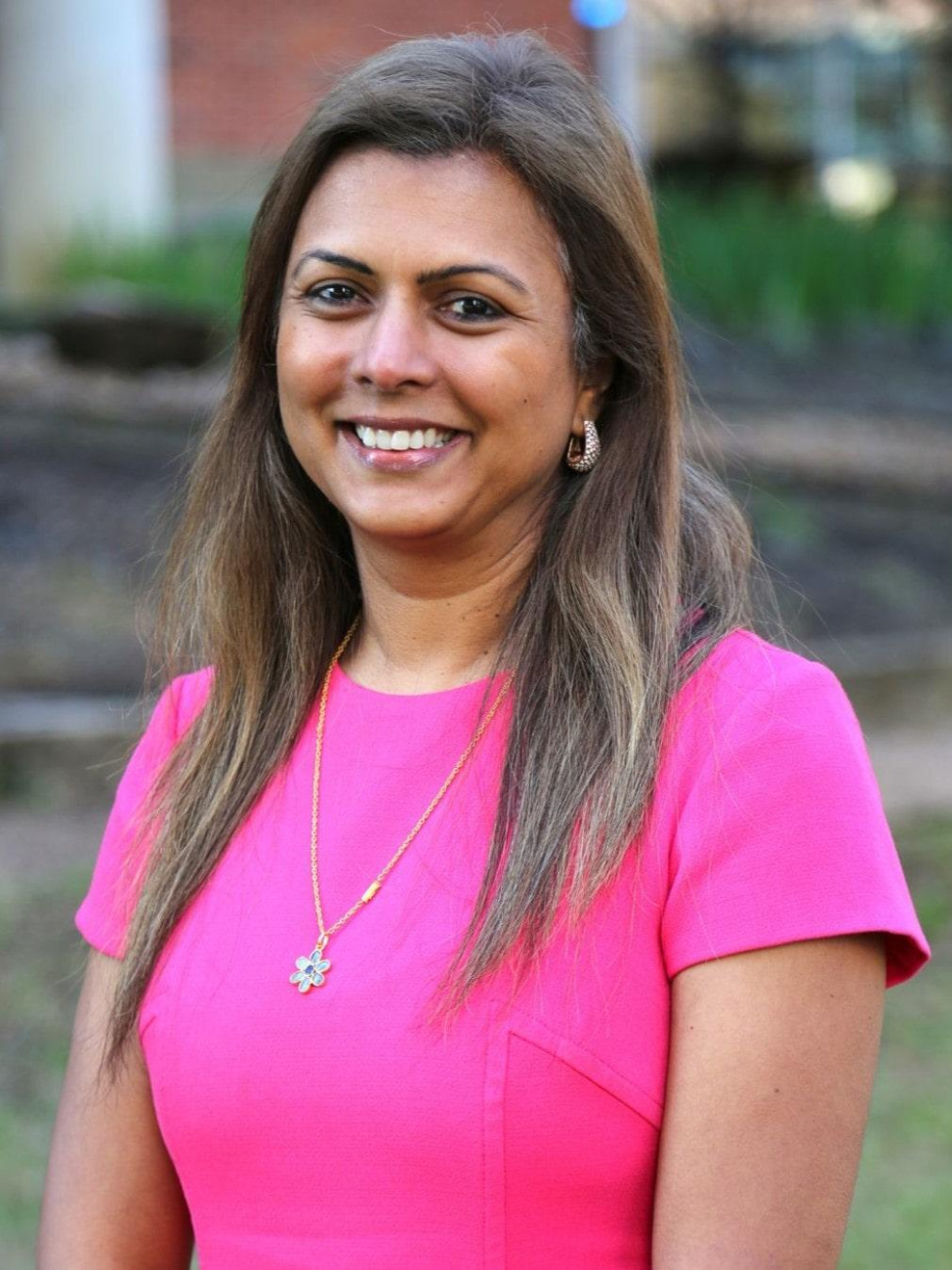An apple a day: Women with high-risk pregnancies receive food prescriptions for better health



For more than 1,200 women with high-risk pregnancies who are on Medicaid, a food prescription program could be just what the doctor ordered to improve their health and safeguard the lives of their unborn babies.
Facing a higher risk of pregnancy-related complications while also living with food insecurity may limit access to healthy foods such as fruits and vegetables, which are important for a healthy pregnancy.
In the Food Is Medicine program—a collaborative effort between the Center for Health Equity at UTHealth Houston School of Public Health and several health plans, health care systems, and community partners—doctors give women a prescription for fresh produce.
“Many health conditions are strongly linked to food, like gestational diabetes or pregnancy-induced hypertension,” says Shreela V. Sharma, PhD, RDN, LD, who directs the Center for Health Equity and serves as Professor and Vice Chair of the Department of Epidemiology.
With financial support from the Michael & Susan Dell Foundation and the Episcopal Health Foundation, women in one cohort redeem their prescription with a monthly $100 debit card they can use to buy fresh fruits and vegetables at local grocery stores. These programs also receive support from the Humana Foundation and the Walmart Foundation. Another group of women in the program receives produce delivered directly to their homes. The initiative also provides all participants with access to resources that teach healthy and tasty ways to use the food.
Experts at the School of Public Health are comparing groups to see if women are more likely to follow their doctor’s orders when they can make their own food choices at the grocery store or if the ease of food delivery works better for them.
“Transportation is one of the biggest barriers to addressing food insecurity,” Sharma says. “These families have limited budgets, so providing them with fresh, healthy food also relieves financial stressors. In addition to improving their physical well-being, these resources positively impact their mental health as well.”
The program started in fall 2023 and will last about two years, tracking each woman for two months after they give birth.
“Our expertise at the School of Public Health enables us to design this work and build capacity within health and community organizations so that the program is efficient and impactful. We are creating a roadmap with an implementation and evaluation toolkit for other health systems that want to do this work,” Sharma says.
She notes that only 5% of the $4.3 trillion spent on health care in the United States goes to prevention. “We are using the majority of our health care dollars to medicate and operate. Some of these resources could go toward food prescription programs to keep the population healthy and manage their medication conditions. Unlike with medications, there are no bad side effects to eating healthy food. The only side effect is you feel better,” she adds.
Programs like this one are part of a national movement to introduce nonmedical solutions into the health care delivery system to improve health outcomes and reduce disparities.
“Texas has some of the highest rates of food insecurity in the country, but we also have a lot of innovation happening in this space. Texans have been doing this produce prescription work for a decade, even before it was as popular as it is now,” Sharma says. “This isn’t surprising. When we see a problem in Texas, we rise up to meet it.”